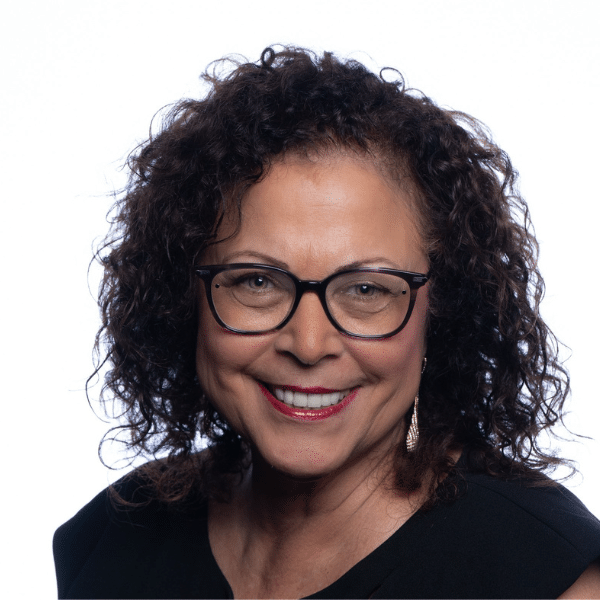"Don't let age be the judge of ability; experience knows no expiration date."
What Is Ageism? Don't Let It Hold Your Workplace Back
Ageism is when people are treated unfairly because of their age. In the workplace, this can show up as stereotypes or unfair treatment towards both younger and older employees. This can make work feel unfair and make people feel left out based on their age.
In the workplace, ageism can show up in all sorts of ways. Older workers might be passed over for promotions because people think they're not as quick or tech-savvy as younger employees.
And younger workers might not be taken seriously because people assume they don't have as much experience.
But the thing is, age doesn't determine how good someone is at their job.
Ageism might affect things like getting hired or having the chance to learn new skills. So, when ageism creeps into the workplace, it's not just unfair — it's also bad for business. After all, why would you want to miss out on hiring the best person for the job, just because of their age?
The Legal and Financial Cost of Age Discrimination
Ageism in the workplace, although often subtle, is a significant issue that affects many individuals. The Age Discrimination in Employment Act (ADEA) was introduced to protect workers aged 40 and older from discrimination in various aspects of employment, including hiring, promotion, compensation, and termination.
Businesses that engage in age-based discrimination risk facing serious legal and financial consequences. When individuals believe they have been discriminated against due to their age, they can file lawsuits against their employers. If the court finds the employer guilty of age discrimination, they may be required to pay significant settlements to the affected employees. These settlements can include compensation for lost wages, benefits, emotional distress, and punitive damages.
Moreover, age discrimination lawsuits can damage a company's reputation, leading to a loss of trust among current and potential employees, customers, and investors. Negative publicity resulting from such lawsuits can have long-term consequences for a business, affecting its ability to attract top talent and maintain a competitive edge in the market.
To avoid these legal and financial pitfalls, businesses must ensure that their employment practices comply with the ADEA and other relevant anti-discrimination laws. This includes implementing fair and transparent hiring, promotion, and termination procedures, as well as providing equal opportunities for all employees, regardless of age. By fostering a workplace culture that values diversity and inclusion, businesses can not only prevent costly lawsuits but also create a more productive and harmonious work environment for all employees.
The Value of Experience: Why Older Workers Make Great Assets
Beyond the Resume: Eliminate Hidden Age Bias in Your Hiring
Skills First: Hiring for Ability, Not Age
Don't Miss Out: Why Ageism Limits Your Talent Pool
How Can Goodwin Recruiting Assist?
Our recruiting firm has played a vital role in helping employers combat ageism and build a more age-inclusive workforce. Here are some ways they can achieve this:
- Educating Employers:
- Ensuring you're up to speed on the legal and financial repercussions of age discrimination is crucial. Resources about the ADEA (Age Discrimination in Employment Act) and the benefits of having a diverse workforce can be shared.
- Building a Diverse Talent Pool:
- Casting a wide net when it comes to finding the right candidates involves actively sourcing talent from different age groups. This can be achieved through targeted advertising, attending events with a wider age demographic, and partnering with organizations that cater to experienced professionals.
- Screening Resumes Blindly:
- It's important to judge candidates based on their skills and experience, not their age. Implementing blind resume reviews, where identifying information like age and graduation dates are omitted initially, allows you to focus on what really matters.
- Developing Age-Neutral Job Descriptions:
- Ensuring your job descriptions attract the best candidates, regardless of age, is essential. This involves writing descriptions that focus on the required skills and experience, avoiding language that might skew towards younger applicants.
- Training Hiring Managers:
- Helping your hiring managers recognize and mitigate unconscious bias during interviews is key. This can include using standardized interview questions and focusing on job-related criteria.
By taking these steps, recruiting firms can be a force for positive change in promoting age-inclusive hiring practices and ensuring a wider talent pool for employers. Ready to combat ageism in your workplace and unlock the full potential of your team? Partner with us today to create a more inclusive and age-diverse workforce.



































